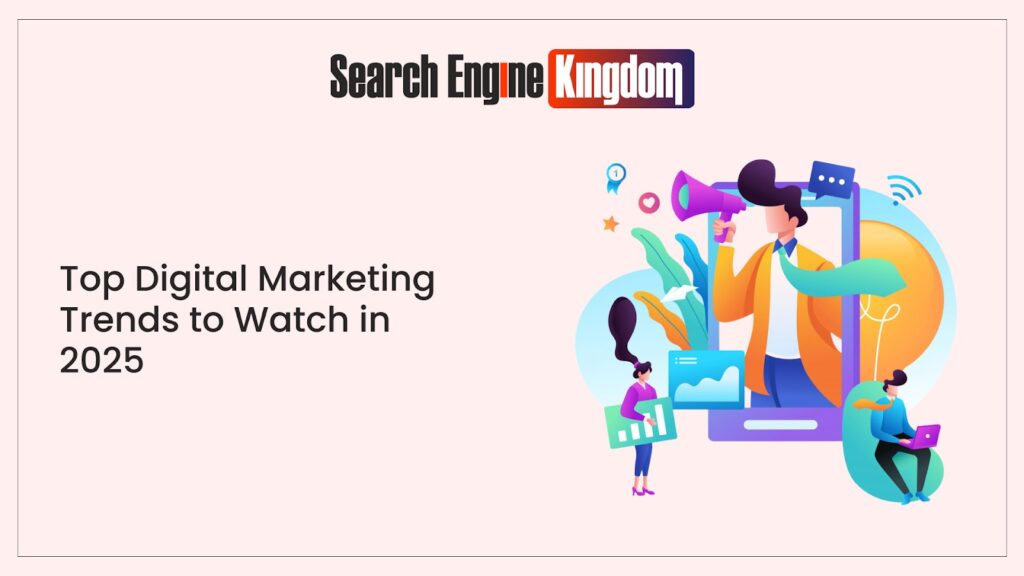
As we step into 2025, top digital marketing trends are driving another year of rapid transformation. Technology, consumer expectations, and innovative strategies are reshaping how brands connect with their audiences. Let’s dive into some of the key trends expected to dominate this year and how your brand can capitalize on them.
1. AI Integration: Redefining Marketing Precision
Artificial intelligence is no longer just a buzzword; it’s a core driver of digital marketing success.
What AI Brings to the Table:
- Customer Segmentation: AI analyzes vast data sets to create hyper-targeted audience segments, ensuring your message reaches the right people.
- Content Creation: From generating blog posts to crafting personalized email campaigns, AI tools like ChatGPT are enhancing content production.
- Personalized Ad Targeting: AI-powered algorithms tailor ads to individual preferences, boosting engagement and conversion rates.
- Enhanced Customer Service: AI chatbots are providing real-time assistance, creating seamless and efficient user experiences.
How to Leverage It:
Integrate AI tools into your marketing workflows, such as AI-driven analytics for campaign optimization or chatbots to handle customer inquiries.
2. Voice Search Growth: Preparing for Conversational Queries
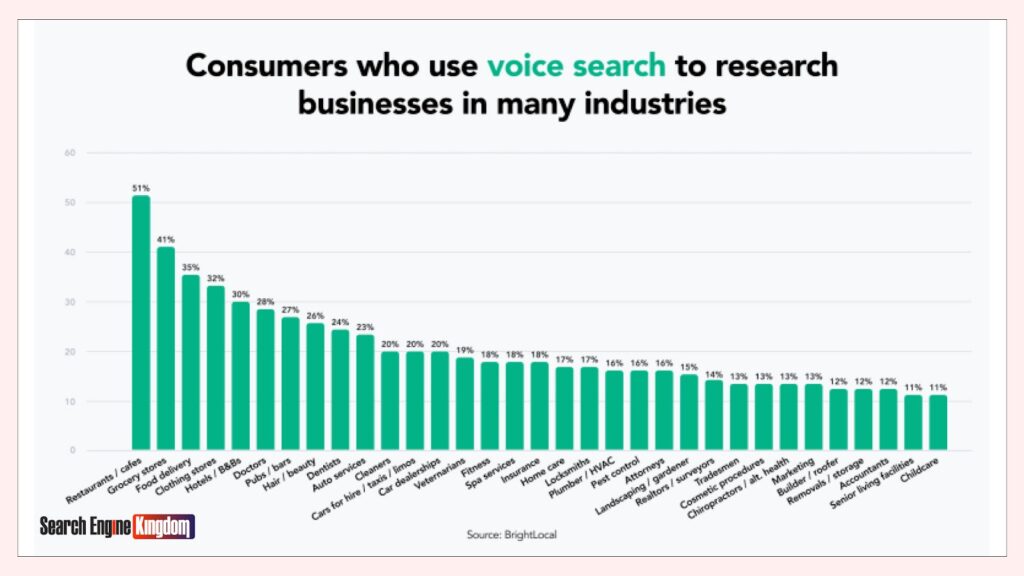
The rise of voice assistants like Alexa, Google Assistant, and Siri is transforming how people search online.
Why It’s Important:
- Voice search queries are conversational and often phrased as questions.
- Optimizing for voice search helps your brand rank higher for these queries, reaching on-the-go users.
Action Plan:
- Use long-tail, question-based keywords in your content.
- Structure your website with FAQ sections that address common voice search queries.
- Ensure your site loads quickly and is mobile-friendly to cater to voice-first users.
3. Short-Form Video Dominance: The Era of Snackable Content
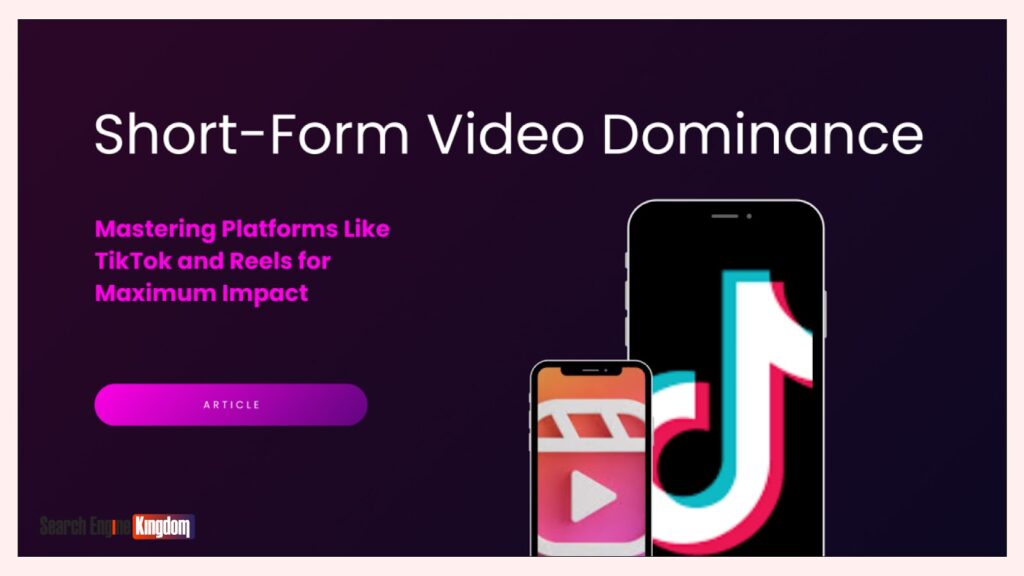
Platforms like TikTok, Instagram Reels, and YouTube Shorts are leading the charge in short-form video content.
Why It’s Effective:
- Bite-sized videos capture attention quickly and are highly shareable.
- They cater to today’s fast-paced, mobile-first audience.
How to Stand Out:
- Focus on storytelling and authenticity in your videos.
- Use trending music, challenges, and hashtags to boost visibility.
- Partner with influencers to amplify reach on these platforms.
4. Social Commerce Expansion: Seamless Shopping Experiences
Social media is no longer just a place to connect; it’s a thriving marketplace.
The Shift:
- Platforms like Instagram, TikTok, and Pinterest now offer in-app shopping features.
- Consumers prefer the ease of discovering and purchasing products without leaving their favorite apps.
How to Adapt:
- Create shoppable posts and videos showcasing your products.
- Host live shopping events where users can shop in real-time.
- Use social proof, such as reviews and user-generated content, to build trust.
5. Influencer Marketing Evolution: Building Authentic Partnerships
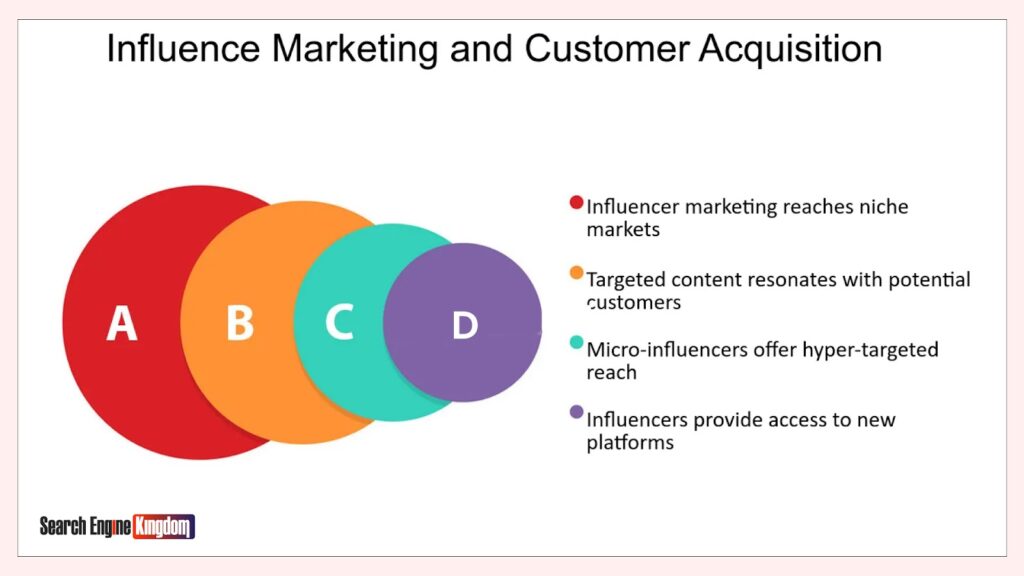
Influencer marketing is maturing, and consumers are craving authenticity over flashiness.
What’s Changing:
- Brands are moving away from one-off sponsorships and focusing on long-term collaborations.
- Micro and nano influencers with highly engaged audiences are gaining prominence.
How to Approach It:
- Partner with influencers who align with your brand values and have genuine connections with their followers.
- Focus on co-creating content that feels organic and resonates with the influencer’s audience.
6. Ethical Marketing Focus: Winning Consumer Trust
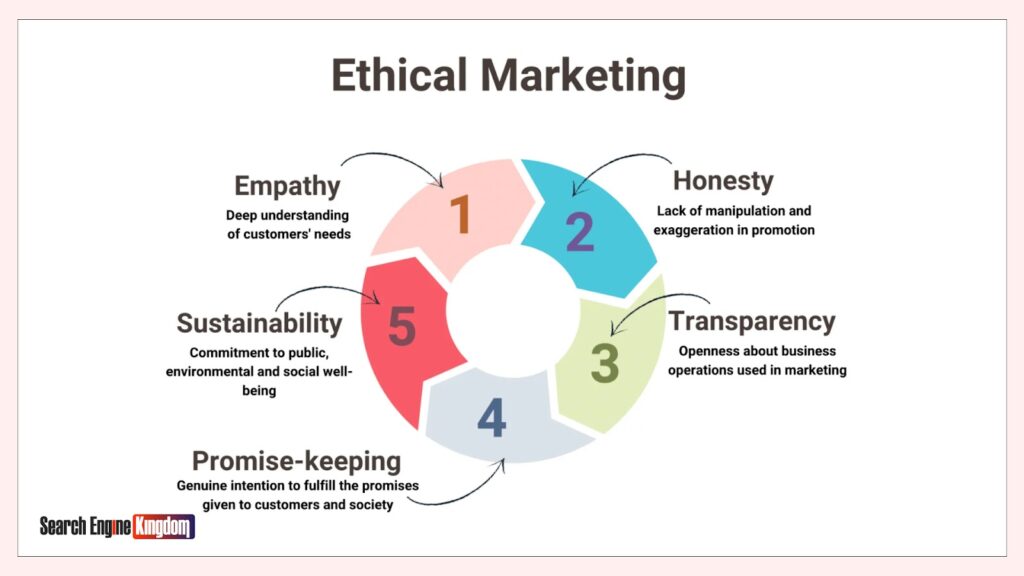
Consumers are becoming more conscious of the brands they support, prioritizing transparency and social responsibility.
What Consumers Want:
- Ethical sourcing, sustainable practices, and inclusivity in marketing.
- Honest communication about products, services, and business practices.
Steps to Take:
- Highlight your brand’s commitment to ethical practices in your messaging.
- Share behind-the-scenes stories to build trust and showcase authenticity.
- Support causes that align with your brand’s mission and values.
7. Phygital Shopping: Blending Digital and Physical Experiences
The line between online and offline shopping is blurring, creating immersive experiences for customers.
What’s Driving Phygital Shopping:
- Augmented reality (AR) tools allow users to visualize products before purchasing.
- QR codes and mobile apps are enhancing in-store experiences.
How to Innovate:
- Offer AR features like virtual try-ons for clothing, makeup, or furniture.
- Create in-store digital touchpoints, such as interactive screens or app-based rewards programs.
- Use data from digital interactions to personalize the in-store experience.
Conclusion
2025 is all about top digital marketing trends, innovation, authenticity, and personalization. By embracing these trends, brands can create meaningful connections with their audience, deliver exceptional experiences, and stay ahead in an ever-competitive landscape. Which trend are you most excited to implement? Let us know!
Stay ahead of the curve with expert insights from Search Engine Kingdom!
